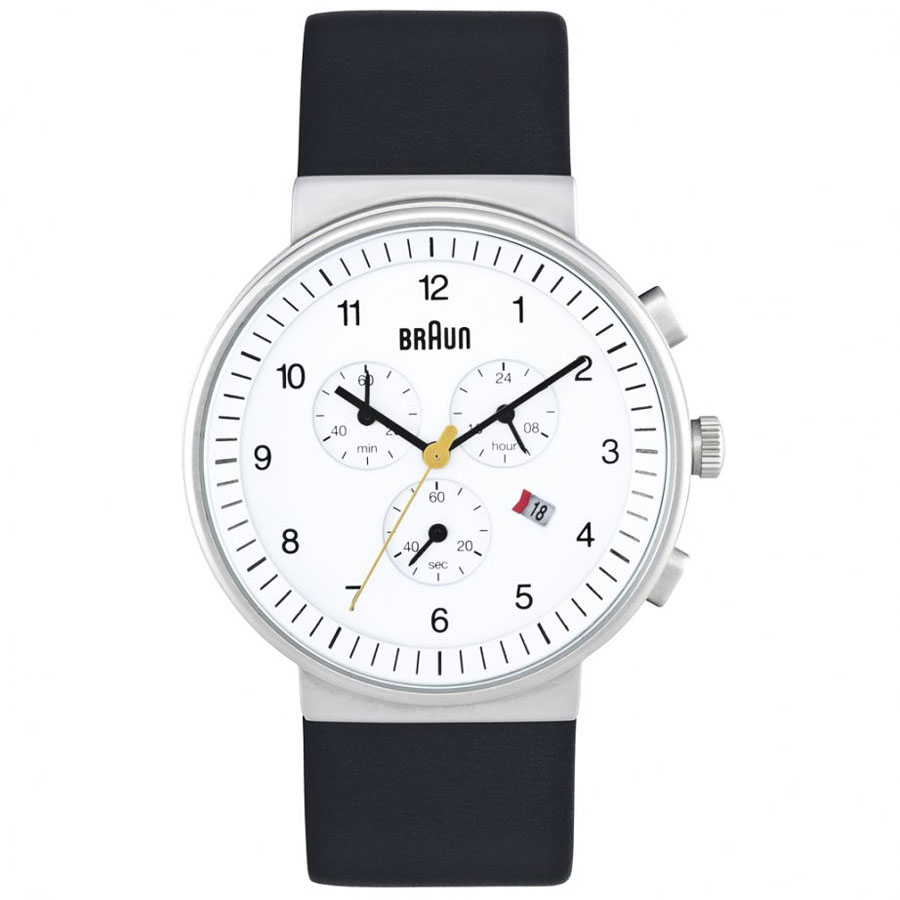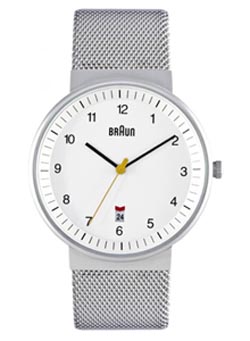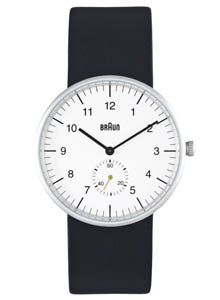 Dieter Rams Designer
Dieter Rams Designer
Dieter Rams (b. 1932), Germany.Dieter Rams Biography:Dieter Rams is a German industrial designer closely associated with the consumer products company Braun and the Functionalist school of industrial design. Dieter Rams was born in Wiesbaden, Germany, in 1932. He was strongly influenced by the presence of his grandfather who was a carpenter. Dieter Rams's early awards for carpentry led to him training as an architect as Germany was rebuilt in the early 1950s.Dieter Rams Design:Prompted by an eagle-eyed friend, Rams applied for a job at the German electrical products company, Braun, in 1955. He was recruited by Erwin and Artur Braun following the death of their father and his job was to modernise the interiors of the company that was launching revolutionary electrical products. Rams became a protege of the Ulm School of Design (successor to the Bauhaus) luminaries Hans Gugelot, Fritz Eichler and Otl Aicher. He quickly became involved in product design – famously adding the clear perspex lid to the SK4 radiogram in 1956 – and was appointed head of design at Braun from 1961 to 1995. Together with his design team, he was responsible for many of the seminal domestic electrical products – and some furniture – of the 20th century.Dieter Rams 10 Principles:Back in the late 1970s, Dieter Rams was becoming increasingly concerned by the state of the world around him. He laid out of a list of 10 principles for good design. This straightforward list lays out the fundamentals of good design, whether you are designing a logo, designing games or even when designing an app. Apple products for example have amazing design, and Apple lead designer Jonathan Ive has freely admitted that he has drawn heavy inspiration from Dieter Rams's 10 Principles for Good Design. Case in point: every Apple iPad, iMac or even iTunes was created keeping these 10 simple but effective design principles in mind.1. Good Design Is InnovativeThe possibilities for innovation are not, by any means, exhausted. Technological development is always offering new opportunities for innovative design. But innovative design always develops in tandem with innovative technology, and can never be an end in itself.2. Good Design Makes a Product UsefulA product is bought to be used. It has to satisfy certain criteria, not only functional but also psychological and aesthetic. Good design emphasizes the usefulness of a product while disregarding anything that could possibly detract from it.3. Good Design Is AestheticThe aesthetic quality of a product is integral to its usefulness because products are used every day and have an effect on people and their well-being. Only well-executed objects can be beautiful.4. Good Design Makes A Product UnderstandableIt clarifies the product's structure. Better still, it can make the product clearly express its function by making use of the user's intuition. At best, it is self-explanatory.5. Good Design Is UnobtrusiveProducts fulfilling a purpose are like tools. They are neither decorative objects nor works of art. Their design should therefore be both neutral and restrained, to leave room for the user's self-expression.6. Good Design Is HonestIt does not make a product more innovative, powerful or valuable than it really is. It does not attempt to manipulate the consumer with promises that cannot be kept7. Good Design Is Long-lastingIt avoids being fashionable and therefore never appears antiquated. Unlike fashionable design, it lasts many years – even in today's throwaway society.8. Good Design Is Thorough Down to the Last DetailNothing must be arbitrary or left to chance. Care and accuracy in the design process show respect towards the consumer.9. Good Design Is Environmentally FriendlyDesign makes an important contribution to the preservation of the environment. It conserves resources and minimises physical and visual pollution throughout the lifecycle of the product.10. Good Design Is as Little Design as PossibleLess, but better – because it concentrates on the essential aspects, and the products are not burdened with non-essentials. Back to purity, back to simplicity.
Dieter Rams's "as Little Design as Possible" philosophy:
Dieter Rams is one of the most influential product designers of the twentieth century. Even if you don't immediately recognize his name, you have almost certainly used one of the radios, clocks, lighters, juicers, shelves or hundreds of other products he designed. He is famous not only for this vast array of well-formed products, but for his remarkably prescient ideas about the correct function of design in the messy, out-of-control world we inhabit today. These ideas are summed up in his ‘ten principles' of good design: good design is innovative, useful, and aesthetic. Good design should be make a product easily understood. Good design is unobtrusive, honest, durable, thorough, and concerned with the environment. Most of all, good design is as little design as possible.
|





